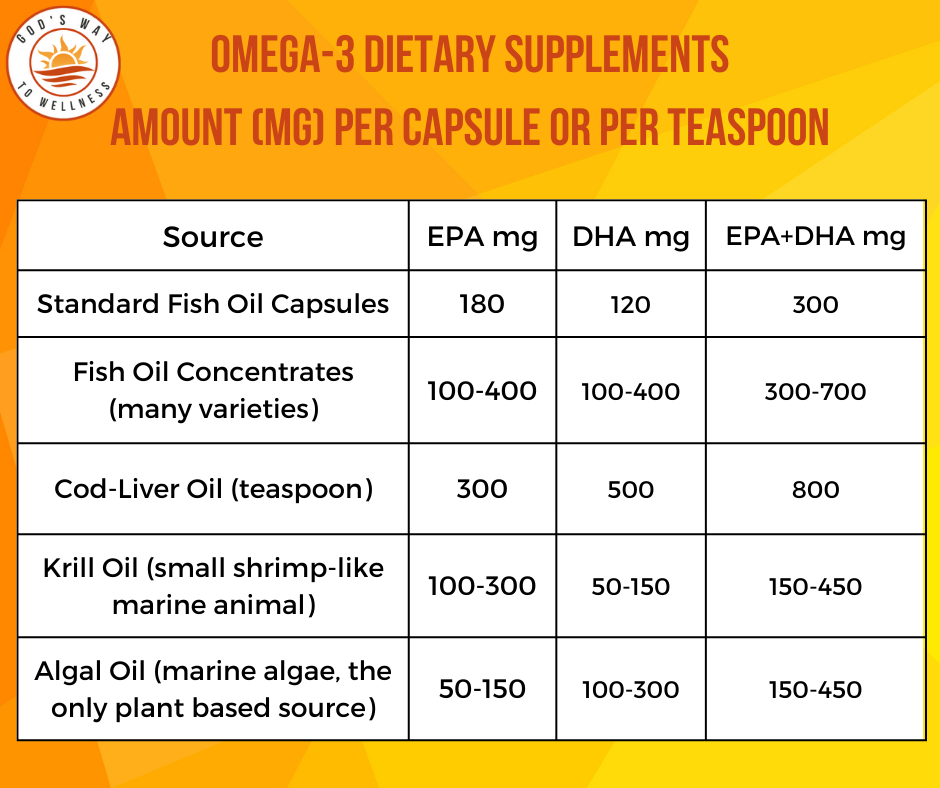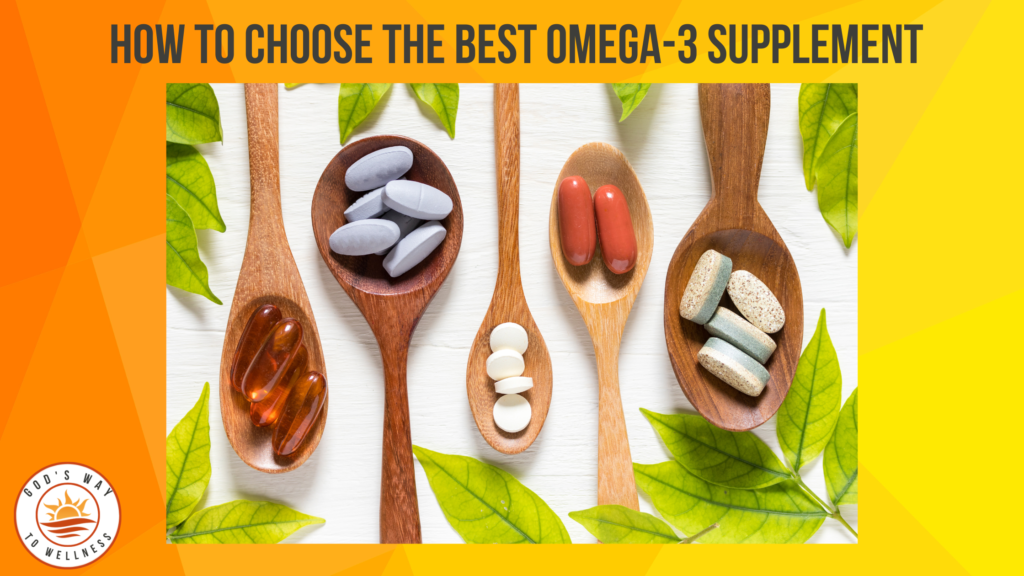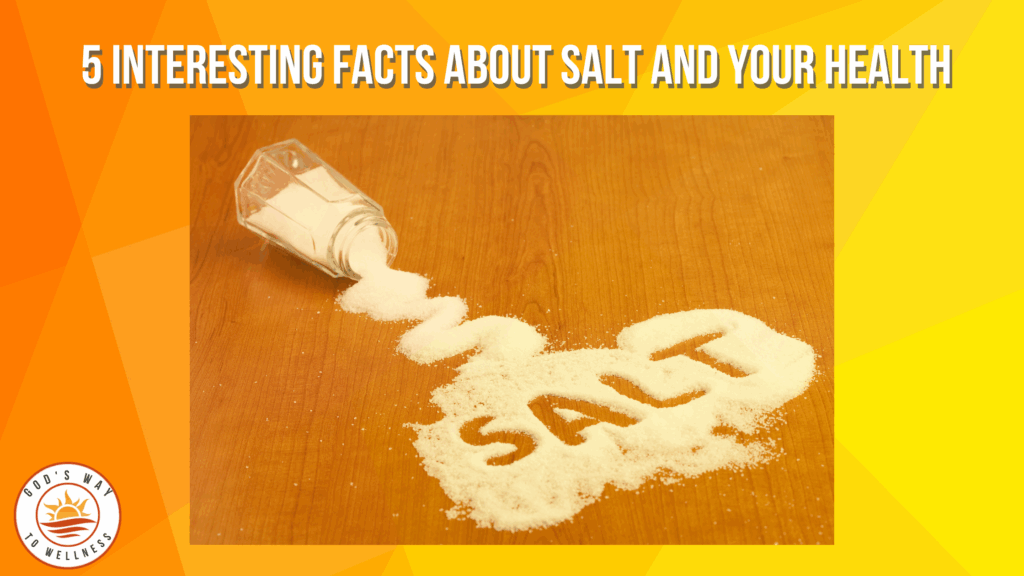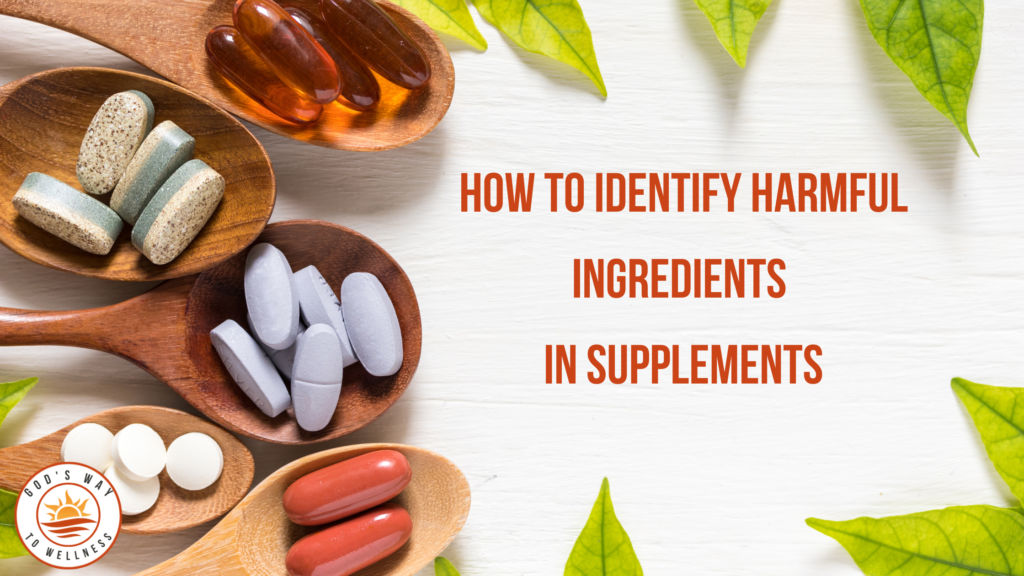What are omega-3 fatty acids? Fatty acids are the building blocks of the fat in our bodies, and in the food we eat. Omega-3 fatty acids are essential because the body cannot manufacture them. The only source is from our diet.
There are three main types of omega-3 fatty acids.
- Docosahexaenoic acid (DHA)—found in fish and seafood
- Eicosapentaenoic acid (EPA)—found in fish and seafood
- Alpha-linolenic acid (ALA)—found in nuts, seeds, and soybeans; converted to DHA and EPA in the liver
Unless you eat a lot of fish, it’s difficult to have an adequate omega-3 level to support wellness. (Click here if you missed the previous post on the importance of omega-3 supplements.)
So how do you choose the best omega-3 supplement?
Read the supplement facts label
When reading the supplement facts label, note the serving size because the label lists all values per serving size, not by capsule.
Note the amount of DHA and EPA on this label. Adding the amounts together gives you the total omega-3 per serving. Most supplements have more EPA, but roughly 1:1 is best. Even 2:1 EPA to DHA is fine. However, other omega-3 fats should not count towards your dose.

In addition, the total EPA and DHA is most important, not the amount of fish oil. Cheaper supplements may state the total fish oil amount on the front of the bottle, but this is a misleading marketing trick.
Let’s take this label as an example, stating 1400 mg of fish oil but only 330 mg of omega-3 fatty acids, without specifying the amounts of DHA and EPA. I would not purchase this supplement.

Consider the source
There are several sources of omega-3 supplements with minor differences—fish oil, krill oil, algal oil, and cod liver oil. Avoid what you might be allergic to and choose algal oil (marine algae) if you prefer a plant-based source.
According to new research, krill oil shows better absorption, but there is not yet conclusive evidence to support this.

Decide on the dose
There is no specific recommendation for the daily value (DV) of an omega-3 or fish oil supplement. However, the recommended daily intake (RDI) of combined DHA and EPA from fish and seafood is 250–500 mg. When choosing the best omega-3 supplement, the dose of EPA and DHA plays the most significant role.
How much should I take? To begin, find out your baseline level with the Omega-3 Index Test, an at-home test to measure the omega-3 in red blood cells. The desirable range is 8-12%.
Once you establish your baseline, an online calculator provides instructions on adjusting your dose to achieve your desired omega-3 index level. Learn more about the Omega-3 Index testing here.
Other variables that affect the required dosage of an omega-3 supplement.
- Age–older adults need more omega-3.
- Activity and stress level–if you are very active, you may need more omega-3.
- Current health status—inflammatory conditions or medications may affect levels.
- Weight—heavier individuals may need more omega-3.
Compare chemical forms
There are three chemical forms of omega-3 supplements, determined by the manufacturing processes of the source oil.
- Ethyl ester — easier to produce because the fatty acids are removed and reattached. This is the most common form.
- Triglyceride — the same form found in food. It’s harder to extract, but gut absorption is better.
- Phospholipid—also found in nature and is the form absorbed in the brain. It may have a slightly better absorption in the gut. (Krill oil contains omega-3s primarily as phospholipids).
Check the label or company’s website to determine the chemical form. A combination of forms may be present in certain supplements.
Verify third party testing
The FDA lacks authority to approve supplement safety, effectiveness, or labeling. However, the Federal Food, Drug, and Cosmetic Act states it is the responsibility of the dietary supplement companies to ensure their products meet safety standards.
Manufacturers are required to follow good manufacturing practices (GMP), but enforcement by the FDA is weak. Therefore, labeling a product with GMP is meaningless.
Check the label for these third-party testing certifications.
- USP Verified
- NSF Certified Sport
- Informed Sport and Informed Choice
- BSCG Certified
- International Fish Oil Standards
Lack of third-party testing doesn’t always indicate an inferior supplement. However, certification guarantees that it meets specific standards for accurate dosage and ingredient validation.
Choose the delivery method
Delivery methods include soft gel capsules, liquid, and gummies. The taste can make swallowing liquids difficult. Gummies have low amounts of DHA and EPA. Therefore, the best delivery method is soft gel capsules.
You should always take an omega-3 supplement with a meal containing fat for better absorption and less stomach upset.
Verify freshness
- Check the expiration date and purchase the supplement from a reputable store or website.
- Store in cool, dark place because temperature fluctuations and exposure to light can cause supplements to go rancid. It should not smell fishy, foul, or rancid.
- Storage in the refrigerator is an option but unnecessary.
Final words
Unless you eat a lot of fish, an omega-3 supplement is essential for wellness. And now you know how to choose the best omega-3 supplement.
Want to know more? Check out the previous post for details on why you need an omega-3 supplement.
Any information on this Website is provided for educational purposes only and is not intended as a substitute for the advice provided by a healthcare professional. You should not use the information on this Website for diagnosing or treating a health problem or disease or prescribing any medication or other treatment. You should always speak with a healthcare professional before taking any medication or nutritional, herbal or homeopathic supplement, or adopting any treatment for a health problem. If you have or suspect that you have a medical problem, promptly contact a healthcare professional.



